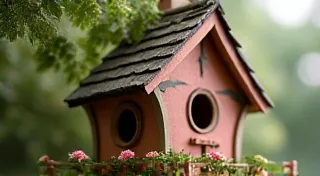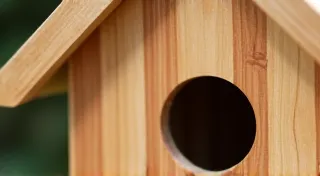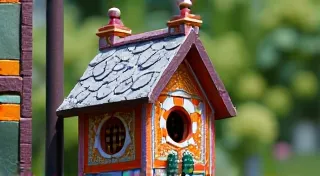Build a Bluebird Nest Box: Plans & Step-by-Step Guide
Bluebirds are beloved birds, known for their vibrant colors and cheerful songs. Attracting them to your yard can bring immense joy. Building a bluebird nest box is a rewarding woodworking project that provides these beautiful birds with a safe and comfortable place to raise their young. This guide provides detailed plans, a materials list, and easy-to-follow instructions so you can create a perfect bluebird habitat.
Why Build a Bluebird Nest Box?
Bluebird populations have faced challenges in the past, and providing suitable nesting sites is a great way to support these charismatic birds. Predator-proof nest boxes, built to the correct specifications, can significantly increase their chances of successful nesting. Beyond bluebirds, many other bird species benefit from properly constructed birdhouses. If you're looking for ideas beyond a simple bluebird box, exploring unique bird house designs can spark creativity. Successful woodworking for any birdhouse requires precision, so you might also want to review some general Design a Robin Nesting Platform: Open-Air Bird Housing for helpful tips related to accuracy and safety during the construction process.
Materials You'll Need
- One 1" x 6" x 8' untreated cedar or pine board (Cedar is preferred for its durability and natural resistance to decay)
- 1 1/4" exterior screws
- Wood glue (exterior grade)
- Drill
- Saw (circular saw or hand saw)
- Measuring tape
- Pencil
- Safety glasses
- Sandpaper (120 grit)
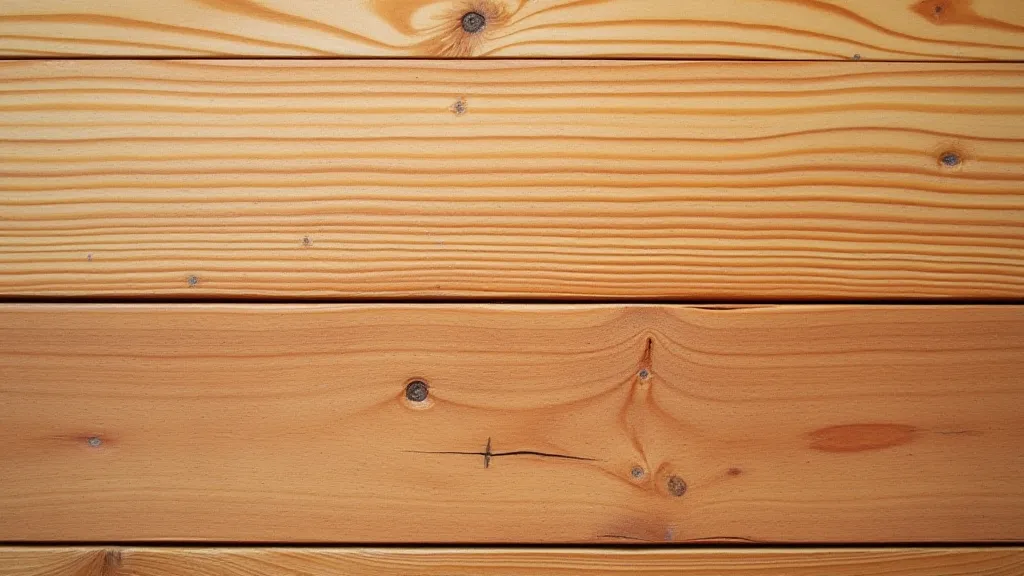
Cutting List
Use the following dimensions to cut the pieces for your bluebird nest box. Precise measurements are important for attracting bluebirds and excluding larger, unwanted birds. Careful planning and accurate cuts are essential for any woodworking project, whether it’s a simple birdhouse or more elaborate designs like those found in building bird feeders from reclaimed wood.
- Front: 5 ½" wide x 11" long
- Back: 5 ½" wide x 17" long
- Sides (2): 5 ½" wide x 10" long (angled cut – see instructions below)
- Bottom: 4" wide x 5 ½" long
- Roof: 7 ½" wide x 5 ½" long
Step-by-Step Instructions
- Cut the Pieces: Using the cutting list above, carefully cut all the pieces of the birdhouse from your board.
- Angled Side Cuts: The side pieces need an angle cut at the top. This allows for proper roof drainage. Cut an angle of approximately 15 degrees on one end of each side piece.
- Drill Drainage Holes: Drill four ¼" drainage holes in the bottom piece. This is crucial for keeping the nest dry.
- Drill Ventilation Holes: Drill two ¼" ventilation holes near the top of each side piece. These help regulate temperature inside the box.
- Entrance Hole: The entrance hole is vital. It should be exactly 1 ½" in diameter. A slightly smaller hole will prevent larger birds from invading.
- Assemble the Sides and Bottom: Attach the side pieces to the bottom piece using wood glue and screws. Ensure the angled tops are facing upwards.
- Attach the Front: Attach the front piece to the assembled sides and bottom, using glue and screws.
- Attach the Back: Attach the back piece to the sides and bottom, ensuring it extends above the sides – this allows for easy mounting.
- Attach the Roof: Attach the roof to the top of the box, ensuring it overhangs the front to protect the entrance hole from rain.
- Sanding: Sand any rough edges to prevent injury to the birds.
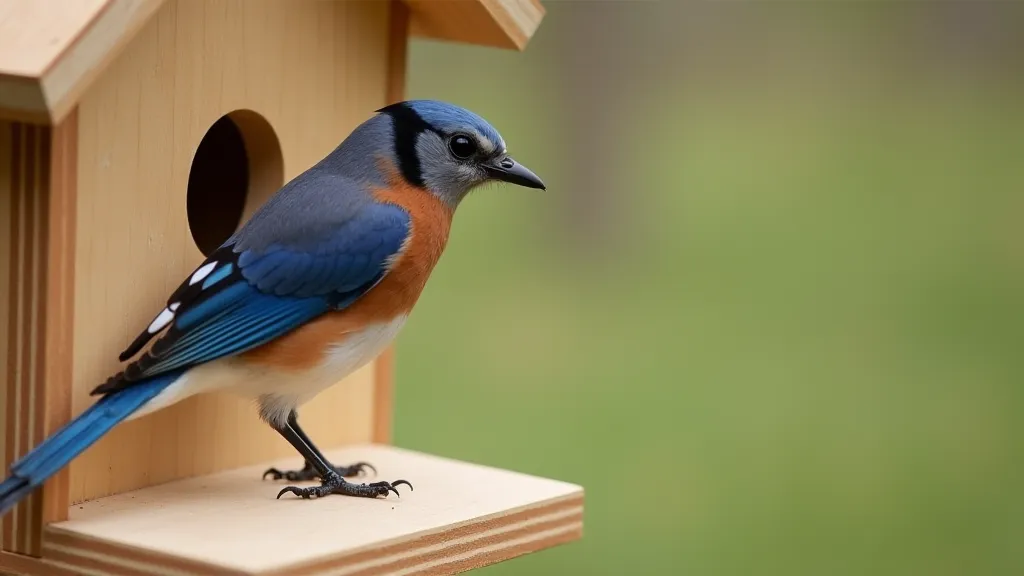
Mounting Your Bluebird Nest Box
Choose a location that is open and sunny, with a clear flight path for the birds. Mount the box on a pole or post, 4-6 feet above the ground. Protect it from predators such as raccoons and cats by using a predator guard. Consider the overall aesthetic of your yard as well; sometimes a more whimsical touch can be achieved with a design inspired by building a miniature fairy bird house, particularly for attracting smaller bird species. When tackling any woodworking project, like building a bluebird nest box or even a Robin nesting platform, paying close attention to detail is critical for ensuring a safe and functional result.
Important Considerations
- No Perches: Do NOT add a perch below the entrance hole. Perches actually help predators access the nest.
- Cleaning: Clean out the nest box once a year, after the nesting season is over (typically in late summer or early fall). Regular maintenance is important for all birdhouses.
- Monitoring: Observe the box from a distance to avoid disturbing the birds.
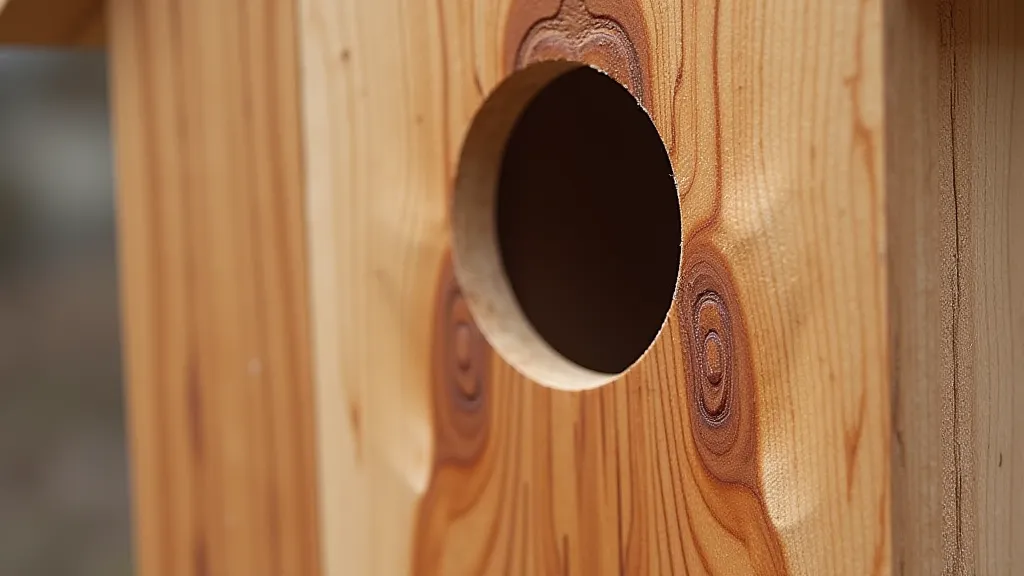
Expanding Your Bird-Friendly Habitat
Building a bluebird nest box is just one step in creating a thriving ecosystem in your yard. Providing native plants that offer food and shelter, along with a clean water source, can dramatically increase the number of birds you attract. Think about incorporating different textures and heights in your landscaping. Offering a variety of nesting options beyond the traditional box is beneficial, and a little creativity can go a long way. While the goal of this guide is the classic bluebird home, a charming addition could be a miniature creation inspired by Eastern Phoebe bird house designs, adding visual interest and catering to a wider range of avian visitors. Remember that precision and care are paramount; a well-constructed robin nesting platform, for instance, showcases the importance of these principles.
Troubleshooting & Common Issues
Sometimes, despite your best efforts, you may encounter challenges with your bluebird nest box. Some birds may try to take over, and predator issues can arise. Proper placement and construction are key to minimizing these problems. Ensure the box is securely mounted and shielded from potential threats. Remember that attracting birds is a long-term project, and patience is essential. Don't be discouraged if you don't see immediate results; continue to provide a welcoming environment, and eventually, your efforts will be rewarded.
Bluebird Conservation and Your Role
The continued success of bluebird populations relies on the efforts of dedicated individuals like yourself. By providing suitable nesting sites and advocating for their protection, you’re contributing to a valuable cause. Learn more about local conservation initiatives and participate in citizen science projects to monitor bluebird populations in your area. Every little bit helps ensure that these beautiful birds continue to grace our skies for generations to come. Consider joining local birding groups or organizations to expand your knowledge and connect with fellow enthusiasts. Sharing your experiences and observations can help others create bird-friendly habitats in their own yards. Building a bluebird nest box is more than just a woodworking project; it's an act of stewardship and a commitment to preserving our natural heritage. The meticulous planning involved in creating a safe and appealing nesting space mirrors the care taken in other projects, demonstrating that a successful robin nesting platform is also a testament to thoughtful construction.
Enjoy Your New Bluebird Habitat!
Building a bluebird nest box is a simple and rewarding project that can bring beauty and joy to your yard. By providing a secure and comfortable home, you’ll be contributing to the well-being of these cherished birds and enriching your own outdoor space. Creating such a haven for wildlife can be a truly fulfilling experience, fostering a deeper connection to nature and the beauty that surrounds us. Remember that consistent care and attention to detail, the same principles used in building a well-designed Robin nesting platform, are the keys to ensuring the long-term success of your bird-friendly habitat.
